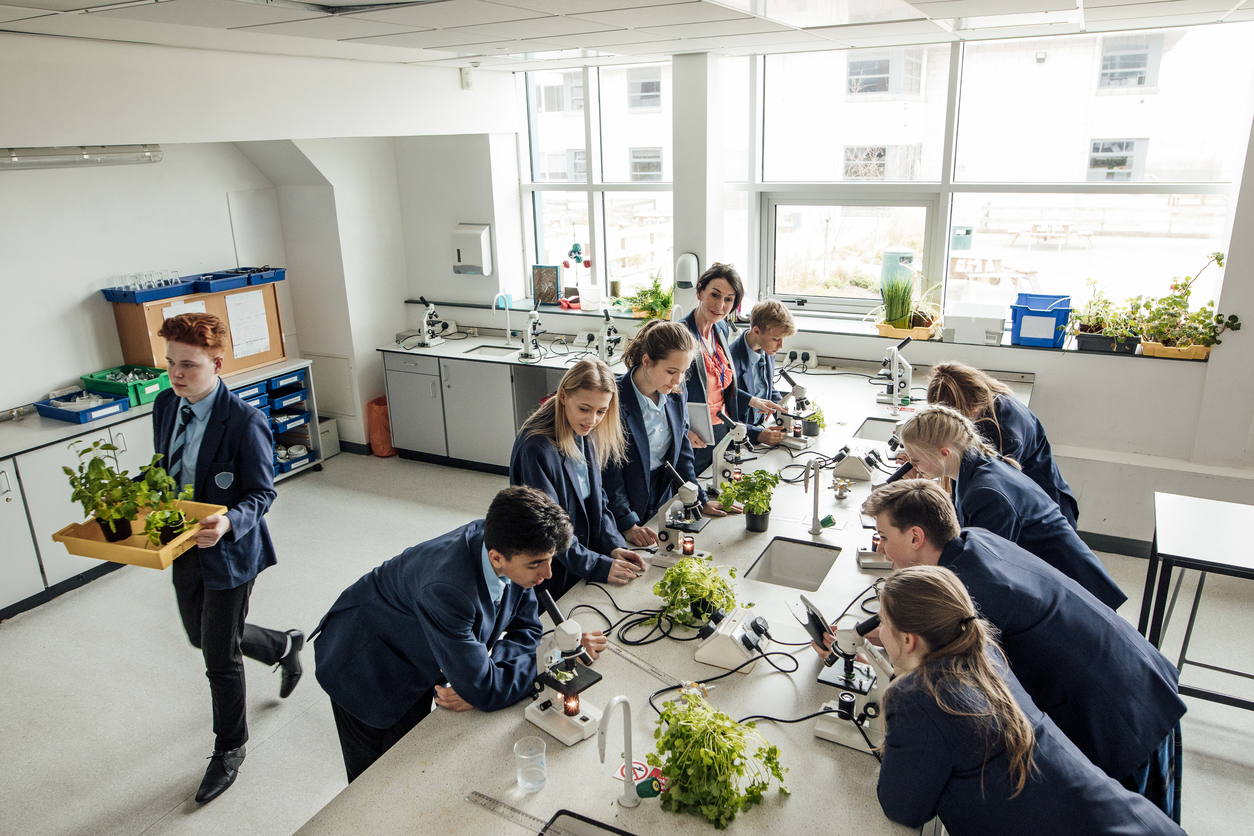
Gifted students are bright, curious, passionate, and driven to become engaged in a subject to the point of exhaustion (mostly that of the teacher). They simply want to know everything they can about a subject. And they quickly connect what they learn to other situations, to the real world, to other types of problems where they can see similar solutions, and to their own futures where they see associated values in what they learn.
When they understand a subject, they can present what they know in different ways. And whether they are in a self-contained classroom, a magnet school, a resource room, or other location of learning, they need a stimulating and challenging curriculum along with different ways to interact with it.
Developing a curriculum that works for gifted students is a challenge for teachers. These students have unique personal characteristics and learning styles that need a modified curriculum to allow deeper exploration of topics and the manipulation of ideas that enables connecting of seemingly unconnected concepts. Gifted students need more latitude to discover and mine the richness of information available to them.
To adequately serve this population, the standard curriculum can be modified in different ways including content, process, environment, and product (what the student does to show mastery of a subject).
Making Curriculum Content Challenging and Engaging
Information presented to non-gifted students can be modified for the gifted population through acceleration, compacting, using variety, reorganizing, changing the pace of instruction, using different materials, and using a higher order of concepts and questions.
Gifted students can move through the curriculum faster than their peers and should be allowed to learn at their own individual paces. They need little or no repetition. They should be allowed to study more advanced, more differentiated content, and be presented with more thematic, broad-based content that can be integrated with other subjects and disciplines.
Designing and Modifying Instruction Open-Endedly
Standard classroom techniques are used to instruct and assess many students of similar abilities in a way that enables the teacher to manage all of their education paths. This means lecture-style presentation and tests and quizzes with multiple-choice answers and one-dimensional responses. This is a practical approach to teach most students. But for gifted ones, there is a better way to deliver lessons and assess the level of mastery.
Activities designed for gifted students should be restructured to allow higher order thinking and open-ended responses. Projects that stimulate curiosity and exploration are better suited to draw out the unique abilities of gifted students, especially when the projects require self-directed learning.
Non-gifted students often require repetition and teachers accommodate this need with similar activities or lessons that aid memorization and recall. Gifted students are ready for a higher order of learning requiring analysis, synthesis, and evaluation as described in Bloom’s Taxonomy.
Gifted students learn better when they are self-directed some of the time, asked to work in groups, participate in discussions or simulations, and demonstrate mastery of knowledge in creative ways.
Creating Stimulating and Receptive Learning Environments
Gifted students learn more effectively in an open, receptive, non-judgmental, and student-centered classroom environment. Each student is valued and his or her culture and ability respected.
Students should be free of harassment and intimidation. They should have the support and encouragement of the teacher. Their individual giftedness should be acknowledged and welcomed. All students should feel comfortable engaging in class discussions and giving their own opinions on subjects without being judged.
The teacher should provide a climate that encourages independence, cooperation, creativity, and questioning. Students should feel free to fully engage the curriculum in different ways that include personal learning and peer-related learning.
Encouraging Creative Response
Students are typically assessed through quizzes, tests, reports, and worksheets. Teachers can encourage students to show what they have learned in other ways, too. Students can be asked to design a game around what they have learned or create a video or design an experiment. They can do a podcast or create a newsletter.
There are many ways to show mastery of a subject or lesson and gifted students can come up with their own suggestions for how they would like to express their knowledge, depending on their style and preference.
Gifted students can be asked to assist other students with learning a subject. This fosters leadership and improves the confidence and self-efficacy of the gifted student. And it helps the students being taught by one of their peers where they may be more comfortable asking questions or seeking individual instruction.
Accommodating and Supporting Teachers
How does a teacher accommodate a large number of average students as well as a small number of gifted students at the same time? Time is definitely a problem. But there are some strategies that can be used to challenge a range of students at the same time.
Offering students a choice of ways to show what they understand is a great way to encourage self-learning and enable creative expression for all learners. Gifted students can be asked to read and report on a more difficult book that their peers. Asking conceptual questions in addition to factual ones will give brighter students a chance to do some higher order thinking.
Teachers can use technology in a variety of ways to bridge academics with the real world and add multi-cultural experiences to enrich the curriculum. The Internet offers the opportunity to connect with other students around the world for collaboration on projects and exchange of ideas.
Technology offers learning options that include Internet research, blog articles, software applications, email communications, social site collaboration, the use of Smart Boards, podcasts, and webinars. Gifted students are capable of using many different resources to learn and show mastery of the knowledge they have acquired in interesting ways.
Collaboration and grouping are ways to let gifted students work together for mutual benefits. They can work in pairs or groups or across different grades to share knowledge and ideas. Gifted students as a group can learn at an accelerated pace, collaborate on concepts, and engage in more advanced and more challenging projects.
Whenever possible, teachers should give advanced students the opportunity to inquire about or seek more in-depth information on any topic being studied. Self-directed, independent learning is a skill that will last a lifetime.
Assignments should align with students’ interests whenever possible. This will take advantage of natural curiosity and promote full engagement.
In addition to the self-learning, students should be encouraged to self-assess. They should be asked to explain what they have just learned and to discuss their interpretation of the meaning and value to them. This is a way for them to show ownership and to reflect on how the curriculum will connect to their future learning and success as adults.

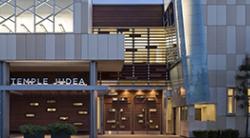
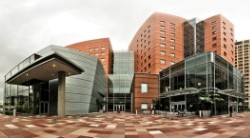
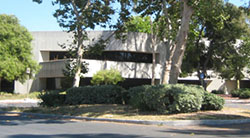
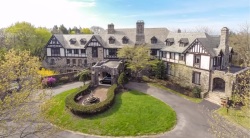
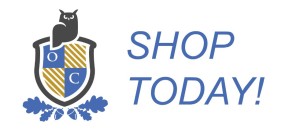

0 responses to “Modifying Curriculum for Engaging, Challenging, and Supporting Gifted Learners”